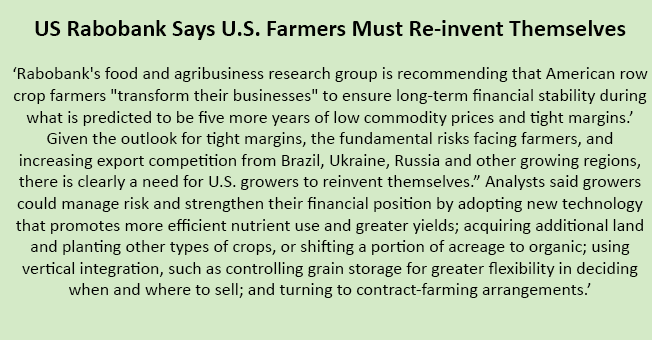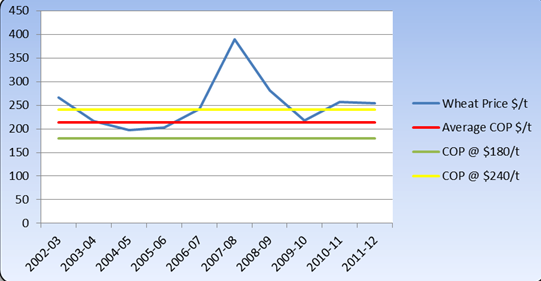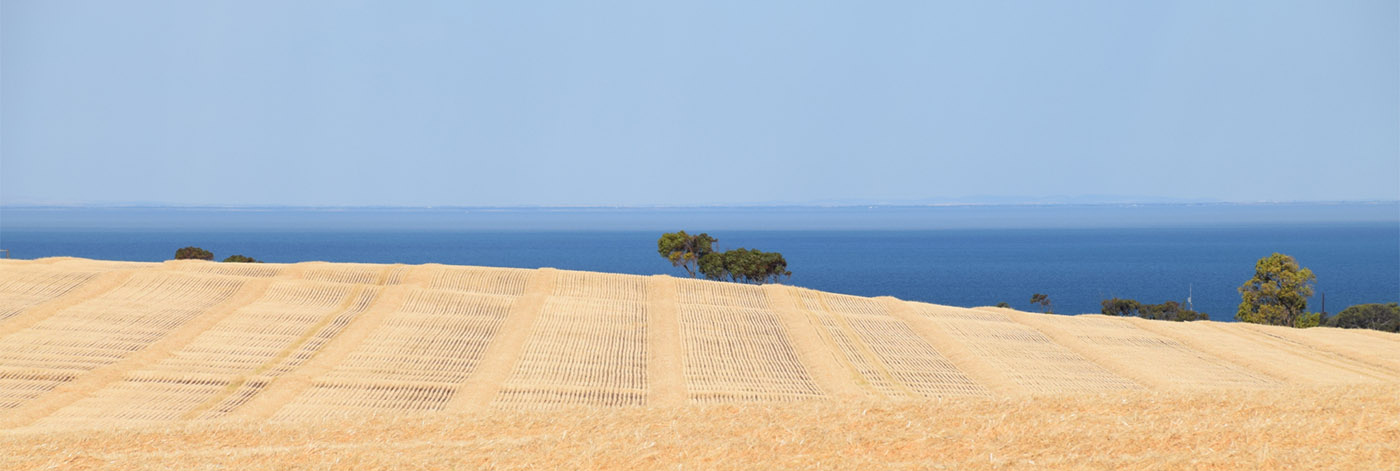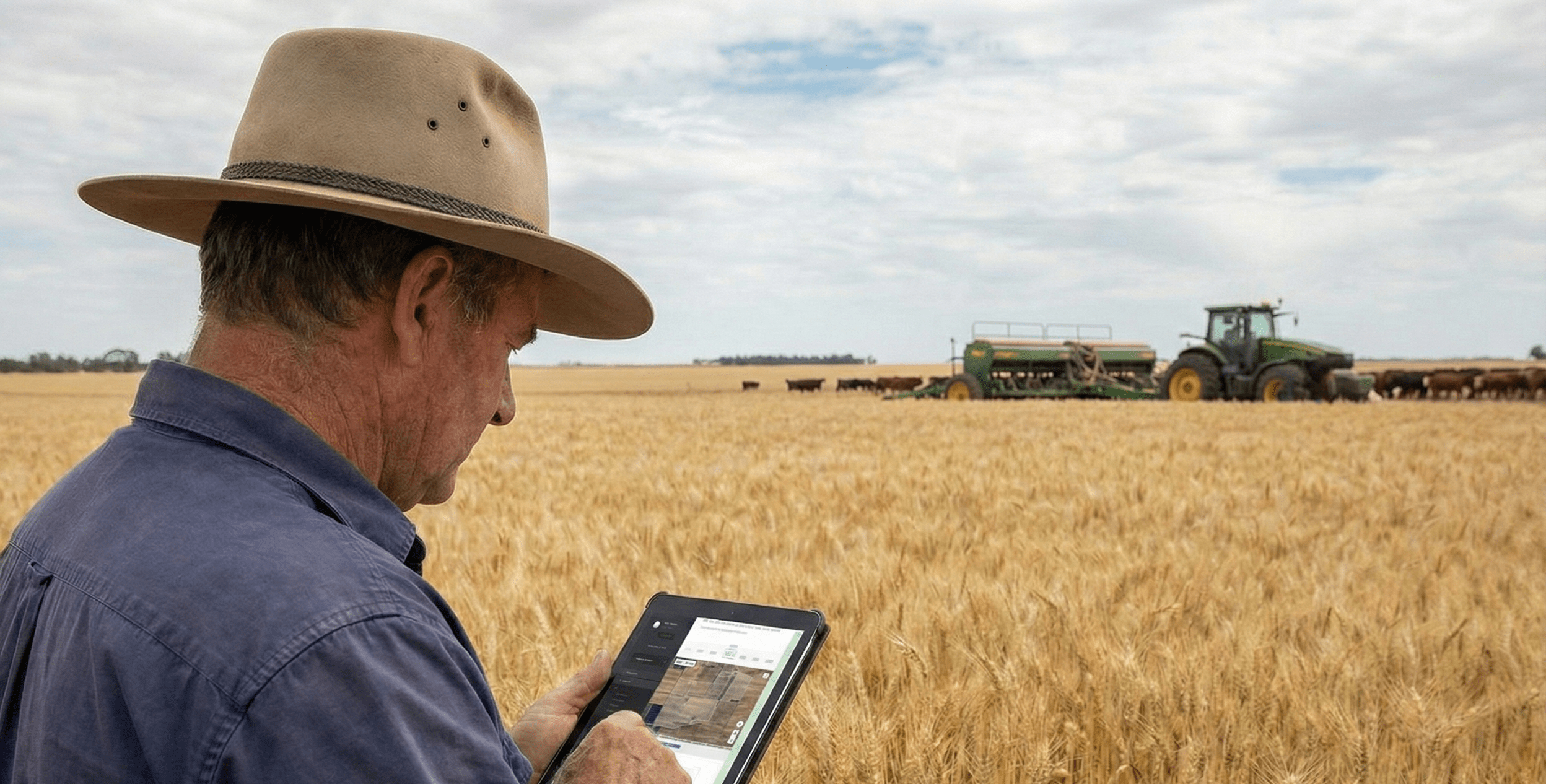I was recently forwarded this interesting commentary from a trusted source in the US:

What is interesting in this quote is that most of the strategies suggested here are for managing and improving production outputs. Of course, without production there will be no income. But as a producer, how do you assess what is providing your business with the best financial return?
One of the main drivers to remaining competitive is measuring your cost of production at the end of each season. This information can provide powerful insight into how your business can be improved into the future.
Why is knowing your cost of production important?
Farmers in Australia are generally ‘price takers’ i.e. you have little influence on the price at which you sell your produce apart from choosing the time of sale or the type of contract. Knowing your actual cost of production is essential to this process to guarantee you are selling at a price that will provide a profit over the cost it took to actually produce. In the long run, the lowest cost of production wins and that is where you want to be!
The chart below shows how the cost of production can be used. If this farm’s cost of production was $240/t, then wheat would only contribute to profits in 5 of the 10 seasons. If the cost of production was $180/t, wheat would have contributed to the farm’s profits in all 10 seasons.

This type of information immediately raises questions that should be addressed in future planning, such as:
- Is this wheat enterprise carrying its share in the rotation?
- What rotation selection may provide better margins?
- Is there another farming system that would provide improved margins?
How easy is it to calculate your Cost of Production (COP)?
Calculating your actual cost of production takes discipline. However, with systems put in place the first time it is calculated, it should be easier in subsequent years.
Deciding on the method you use to allocate overhead costs in your COP calculations is essential. One method is no more correct than another; the key is that once you have selected the one that best suits your business, stick with this same method every time you do your COP. There are three main options to allocate overhead costs:
- By the proportion of area used by each enterprise
- By the proportion of total gross margin generated by each enterprise
- By the proportion of total gross income generated by each enterprise
Where can I get help to calculate my Cost of Production?
- If you wish to learn more about how to calculate your own cost of production, some of the following resources are a good starting point:
GRDC’s ‘Farming the Business’ manual, available in hardcopy or online from their website. Refer to Section 5.2.6 ‘Cost of Production’.
GRDC’s ‘Cost of Production’ Factsheet, also available on the GRDC website.
Further information on these resources can also be found on our P2PAgri website: Resources
- However, a more powerful resource is available to you through the P2PAgri’s SEASON software. The advantages of using this software are that it allows you to easily enter your own data and get the calculations completed for you, and provides reports on your business trends over time…essentially, your own business benchmarks:.
- If you are unsure about doing it yourself, access an Accredited P2PAgri Adviser who can develop these business analysis and reports for you.
- Alternatively, you could join a good farm business benchmarking group that helps gather this information and reports your cost of production back to you.
The key is to do this every year, so you can see the business trend for each enterprise in your farm business. As the cost of production is significantly influenced by the particular season experienced, a range of seasonal results will give you a better picture than just one season!




Leave A Comment
You must be logged in to post a comment.